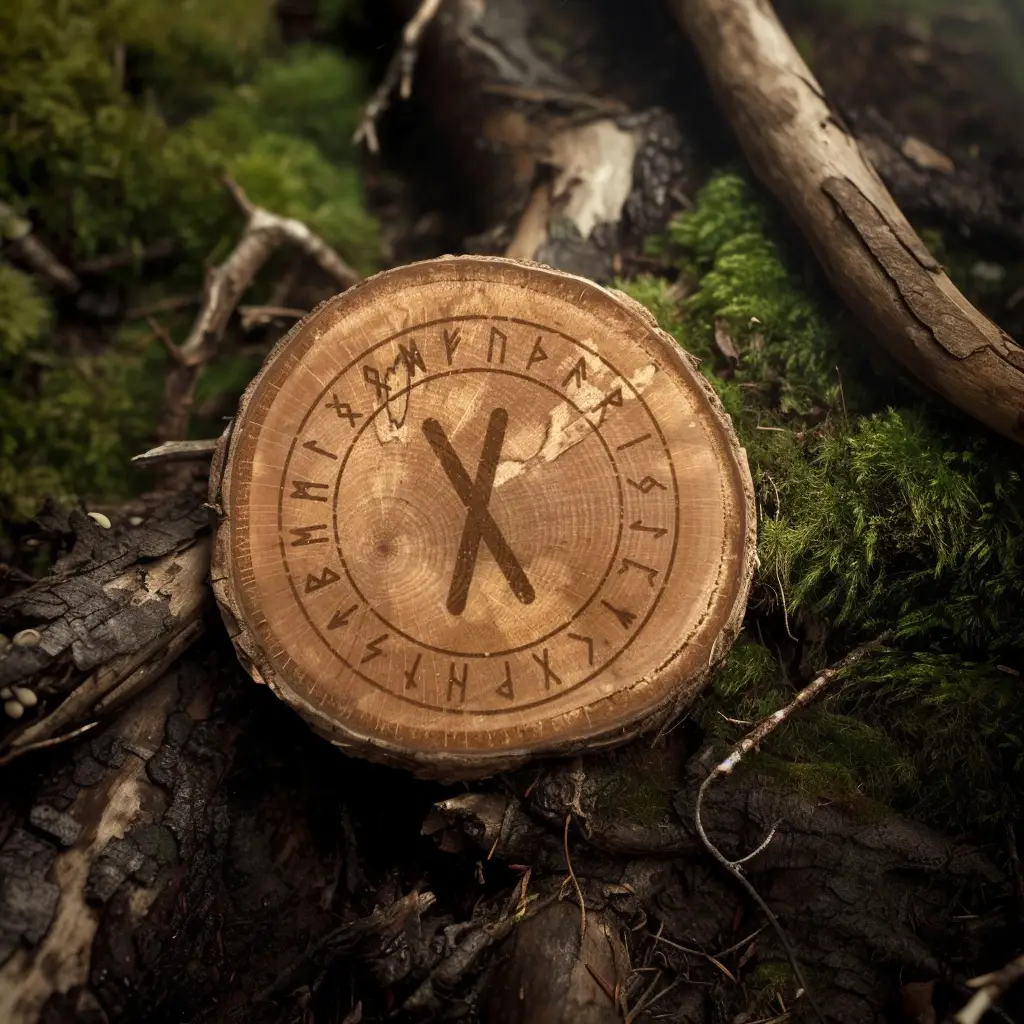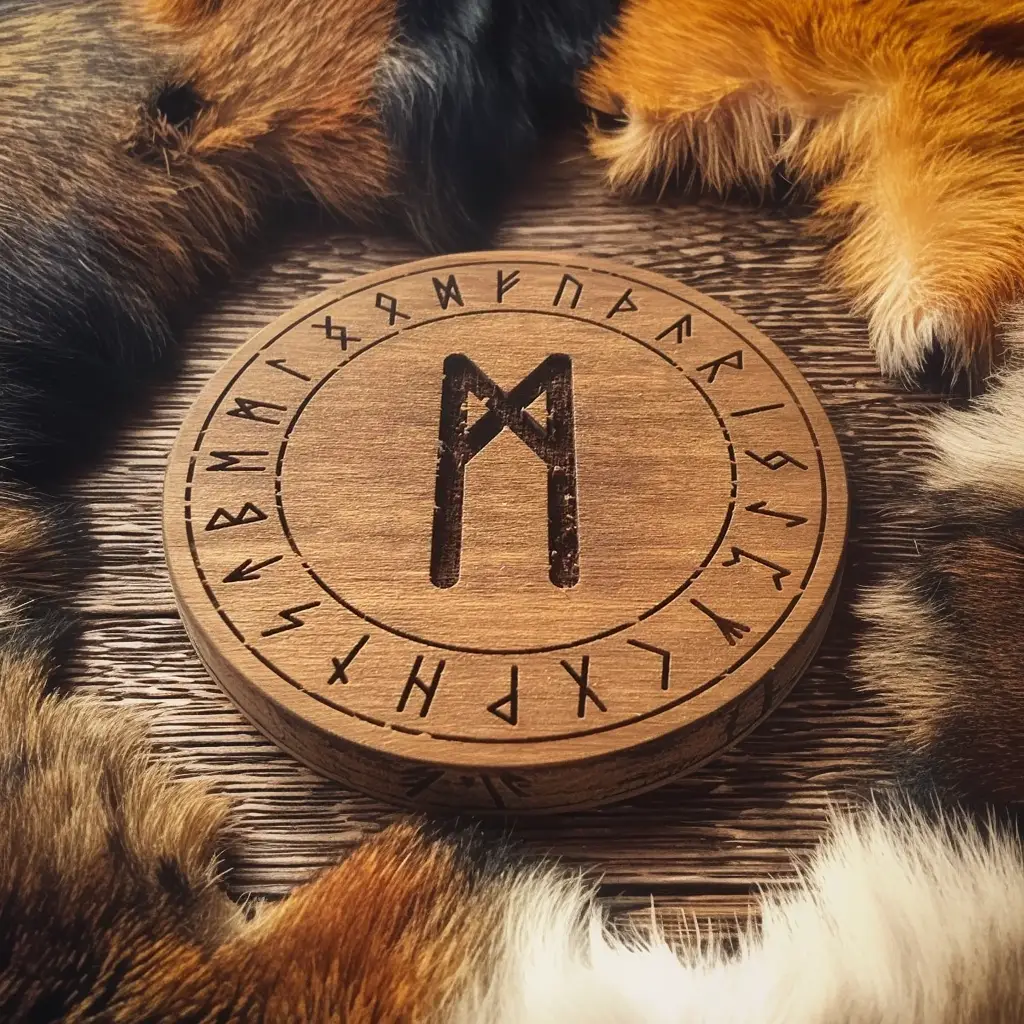Viking Runes: The Writing System of the Norsemen
What Are Viking Runes?
Viking runes are symbols from the runic alphabets used by the Norse people during the Viking Age (roughly 793–1066 AD). These alphabets, collectively called futharks, were not just tools for communication but also held magical and symbolic significance, often used in rituals, carvings, and inscriptions.
Types of Futharks
Elder Futhark (150–800 AD)
The earliest known runic alphabet with 24 characters, named after its first six letters: F, U, Th, A, R, K.
Used by Germanic tribes, including the ancestors of the Vikings.
Younger Futhark (800–1100 AD)
Developed during the Viking Age, this version has 16 characters, simplifying the Elder Futhark.
It has two forms:
Long-branch runes: Used for formal inscriptions.
Short-twig runes: Used for everyday communication.
Anglo-Saxon Futhorc (400–1100 AD)
A variant used in England with 28–33 characters, influenced by Old English.
How Runes Were Used
Communication
Runes were carved on stones, wood, bone, or metal to record events, mark graves, or convey messages.
Unlike modern writing, they were usually carved rather than written, making them angular and easy to inscribe on hard surfaces.
Magic and Divination
Runes were believed to hold mystical powers, used in spells, protection amulets, and rituals.
They were often carved into weapons for strength or on talismans for luck and protection.
Commemorative Stones
Runestones were large stones engraved with runes to honour the dead, celebrate achievements, or mark territories.
Famous examples include the Jelling Stones in Denmark and the Rök Stone in Sweden.
Runes and Their Symbolism
Each rune was associated with specific meanings and powers, often linked to Norse mythology and cosmology.
Runes in Norse Mythology
Odin, the Allfather, is said to have discovered the runes. According to the Poetic Edda, Odin hung from Yggdrasil, the World Tree, for nine days and nights, sacrificing himself to gain knowledge of the runes.
This myth underscores the sacred and powerful nature of runes in Norse culture.




